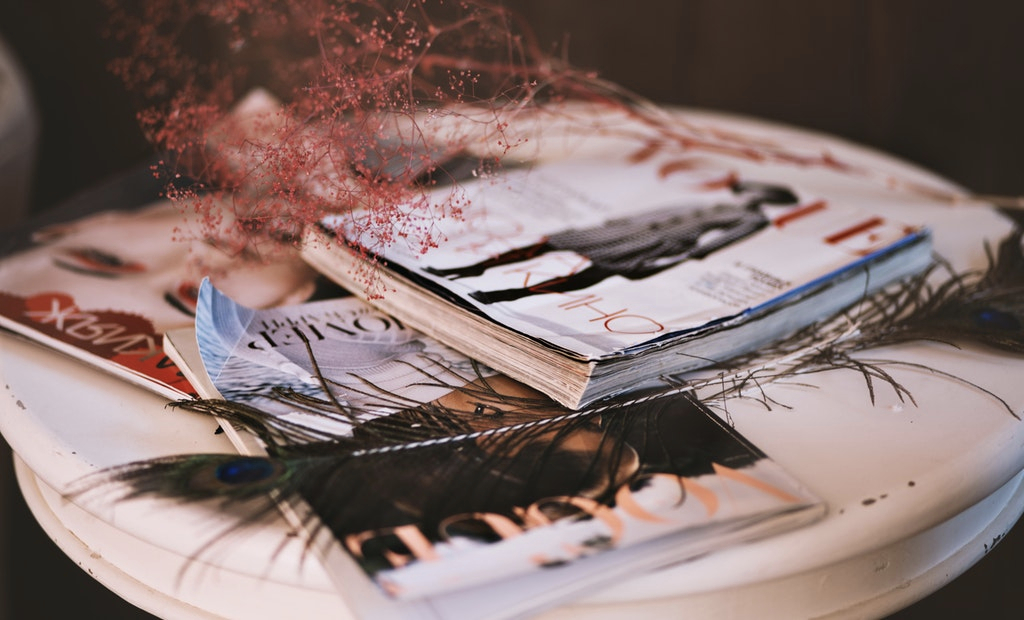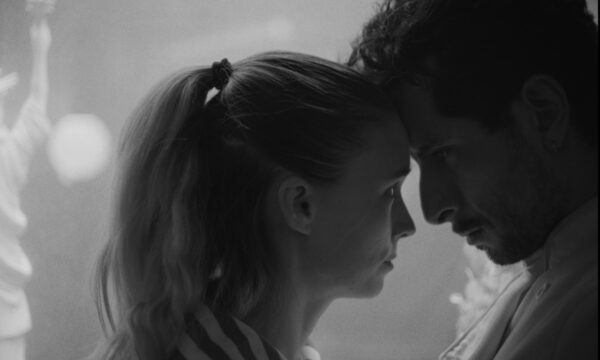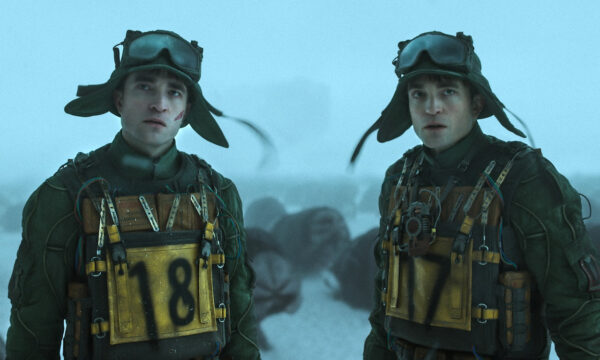20 years at Vogue and a new novel: Alexandra Shulman at the V&A

Friday night was a Vogue night at the V&A so the fashion crowd filled the lecture theatre. From up high I spied a sea of artfully-tousled blonde hair, on-trend summer prints and even an undercut or two. The BlackBerrys and iPhones were put into bags as Alexandra Shulman and Francine Stock took the stage, the former in the Vogue editor’s obligatory sky-high heels, floral summer dress and grunge leather jacket. “I love what she’s wearing,” whispered some girls behind me.
The talk featured her 20-year career as editor of Vogue and her debut novel Can We Still be Friends? As the discussion went on, slides of 20 Vogue covers selected by Shulman were projected onto the screen, starting with an energetic pairing from 1992, Bono and Christy Turlington, the first use of a rock star on a British Vogue cover. It is one of many firsts that Shulman has introduced to Vogue; the first Kate Moss cover was another of the slides shown, as was the first ageless style issue, a tradition continued in every July issue since.
Another Kate Moss cover appeared. Covers with Moss tend to sell very well, which partially explains her 32 British Vogue covers, as well as Shulman’s appreciation for her imperfect beauty, her “flat nose and eyes that are strangely wide-set”. The tagline at the bottom of the cover reads “Are you leaving it too late to have a baby?” “We’ve just used that line again,” commented Shulman. This type of repetition is common with Vogue, but Shulman explained that certain traditions are the reasons it sells so well: advice, opinion and discussion. Those who buy Vogue will generally start as teenagers and continue to do so. “It’s not a magazine that is about a certain stage of your life”. She explained that since the digital age Vogue has adapted by making itself more collectable. Since its three-month-ahead printing schedule makes it impossible to keep on top of trends and news in the way the internet can, the print magazine has become more about “inspiring and telling stories”.
Viewing the 90th anniversary cover filled with miniature covers, one for each year, Stock asked if there was a particular cover before her time that Shulman loved. “I love the old illustrated covers. I would love to do an illustrated cover, but it would be difficult”. She also briefly mourned the age of photography before digital, and said that she missed being able to look through “millions and millions of slides.”
Just before moving on to her novel, Shulman dropped a hint about dark florals for Autumn. A slight flurry went around the audience as mental check-lists were added to.
Can We Still Be Friends? is set in the 80s and has nothing to do with fashion. Shulman wanted to keep her work entirely separate with her fiction writing: “I thought I wanted to write about friendship,” says Shulman, “but it ended up being about the process of growing up when your friends become your family, and people starting off their careers”. The timing is apt considering the similarities between then and now, a Tory government, strikes, a developing east end of London. The subject matter of three young career girls will also resonate with younger Vogue readers, as increasing numbers of graduates struggle to find their place in the professional world, the aspirational lifestyles they seek seeming farther away than in the pages of the magazine.
Sarah Cleaver
Can We Still be Friends? is available now, published by Fig Tree and priced at £12.99.
See Alexandra Shulman’s favourite Vogue covers here.



















Facebook
Twitter
Instagram
YouTube
RSS